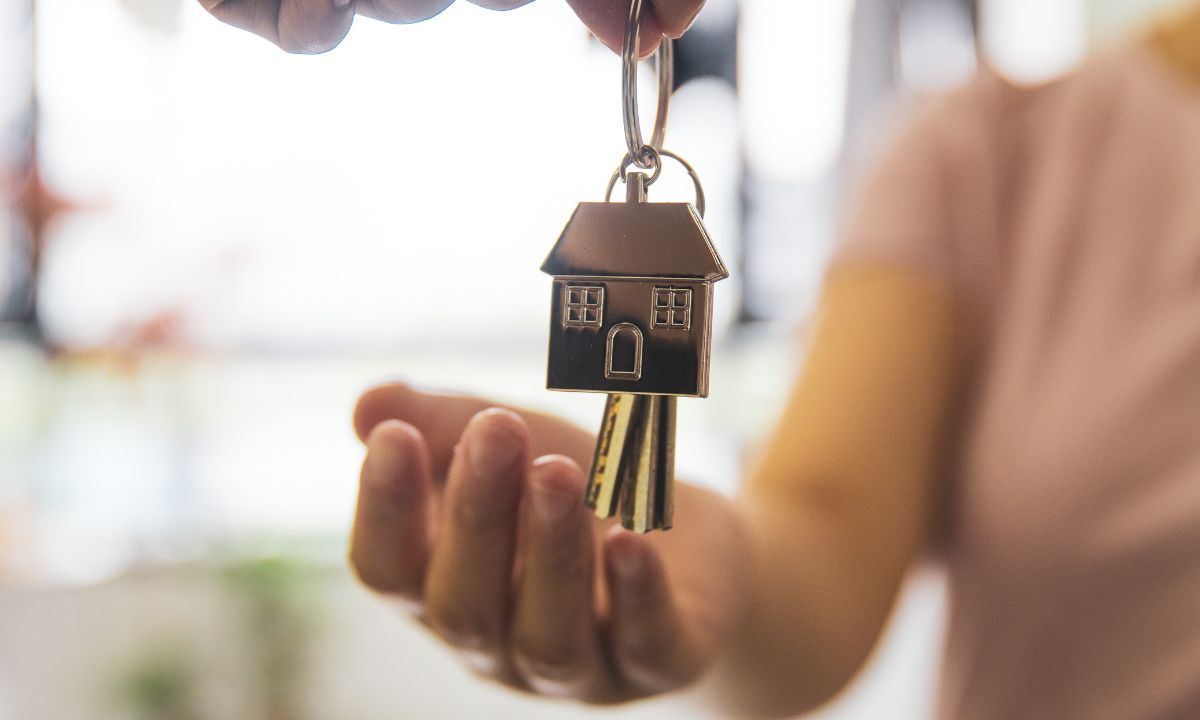
As you approach the final stages of securing your mortgage, it’s crucial to understand the various verifications that lenders perform to ensure they’re making a sound investment. Just as you confirm the condition of your future home through a property inspection, lenders also conduct thorough checks before finalizing your mortgage. These steps are designed to protect both you and the lender, and while they may add to your closing costs, they play a vital role in a smooth transaction.
Key Final Verifications
- Property Appraisal
One of the first steps in this final verification process is the property appraisal. This independent assessment determines the market value of the home you wish to purchase. Lenders require this step to ensure that the
property is worth the amount they are lending you. If the appraisal comes in lower than the agreed purchase price, you may need to renegotiate with the seller or come up with additional funds to cover the difference.
- Property Survey
A property survey is another essential verification. This process confirms the legal boundaries of the property and ensures that there are no encroachments or boundary disputes. It’s crucial for establishing exactly what you’ll own and protecting you from future disputes with neighbors. Knowing the precise boundaries can also help you avoid unexpected complications later on.
- Title Search
A title search is conducted to verify the ownership history of the property. This step ensures that there are no outstanding claims, liens, or other issues that could affect your ownership. If any problems arise during the title search, such as unresolved liens or claims from previous owners, you’ll want to know about them before you officially close the deal. This verification is essential to ensure that you’re purchasing a property free of legal complications.
- Title Insurance
Once the title search is complete, lenders typically require title insurance. This insurance protects you against any mistakes that might have occurred during the title search or any claims that may arise after the purchase. It’s an important safeguard that provides peace of mind, ensuring that if any issues come up after closing, you’ll have protection against financial loss.
Navigating Potential Challenges
While these final verifications are designed to go smoothly, it’s essential to be aware that issues can sometimes arise. For example, if the appraisal comes in lower than expected, or if the title search reveals a lien, you’ll need to be prepared for possible delays or renegotiations. However, encountering these problems before closing is much better than discovering them after you’ve already taken possession of the home.
Consider the alternative: discovering a boundary dispute or an unclear title after closing can lead to lengthy legal battles and significant costs. These final verifications serve as a safety net, helping to identify potential problems before they become your responsibility.
As you near the end of your mortgage process, understanding these final verifications is crucial. They are not just hurdles to clear; they are essential steps that help ensure you are making a wise investment. By knowing what to expect and being prepared for any potential challenges, you can approach closing with confidence.
If you have any questions about these final steps or need guidance throughout your home-buying journey, feel free to reach out. I’m here to help you through this process with ease and clarity.
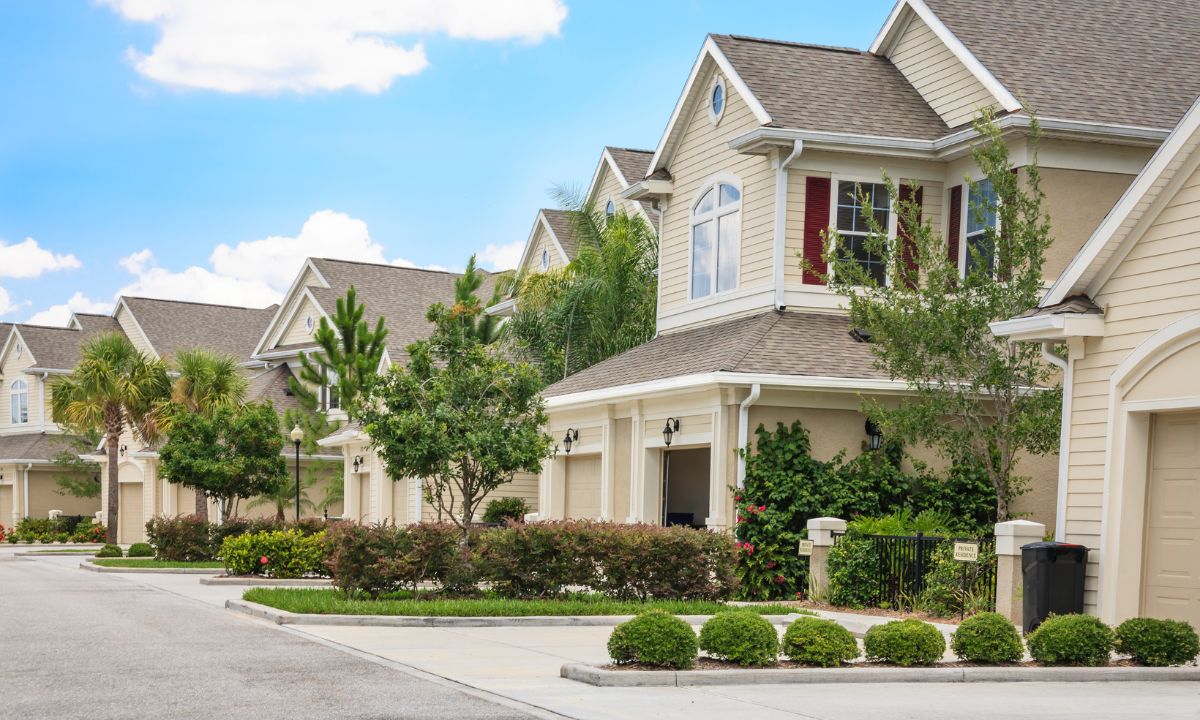 When you’re searching for a home, knowing the state of the local market is essential. Whether it’s a buyer’s or seller’s market can influence everything from price negotiations to how quickly homes sell. So, how can you tell if your dream neighborhood is favoring buyers? Here are some useful tips to help you gauge the market:
When you’re searching for a home, knowing the state of the local market is essential. Whether it’s a buyer’s or seller’s market can influence everything from price negotiations to how quickly homes sell. So, how can you tell if your dream neighborhood is favoring buyers? Here are some useful tips to help you gauge the market: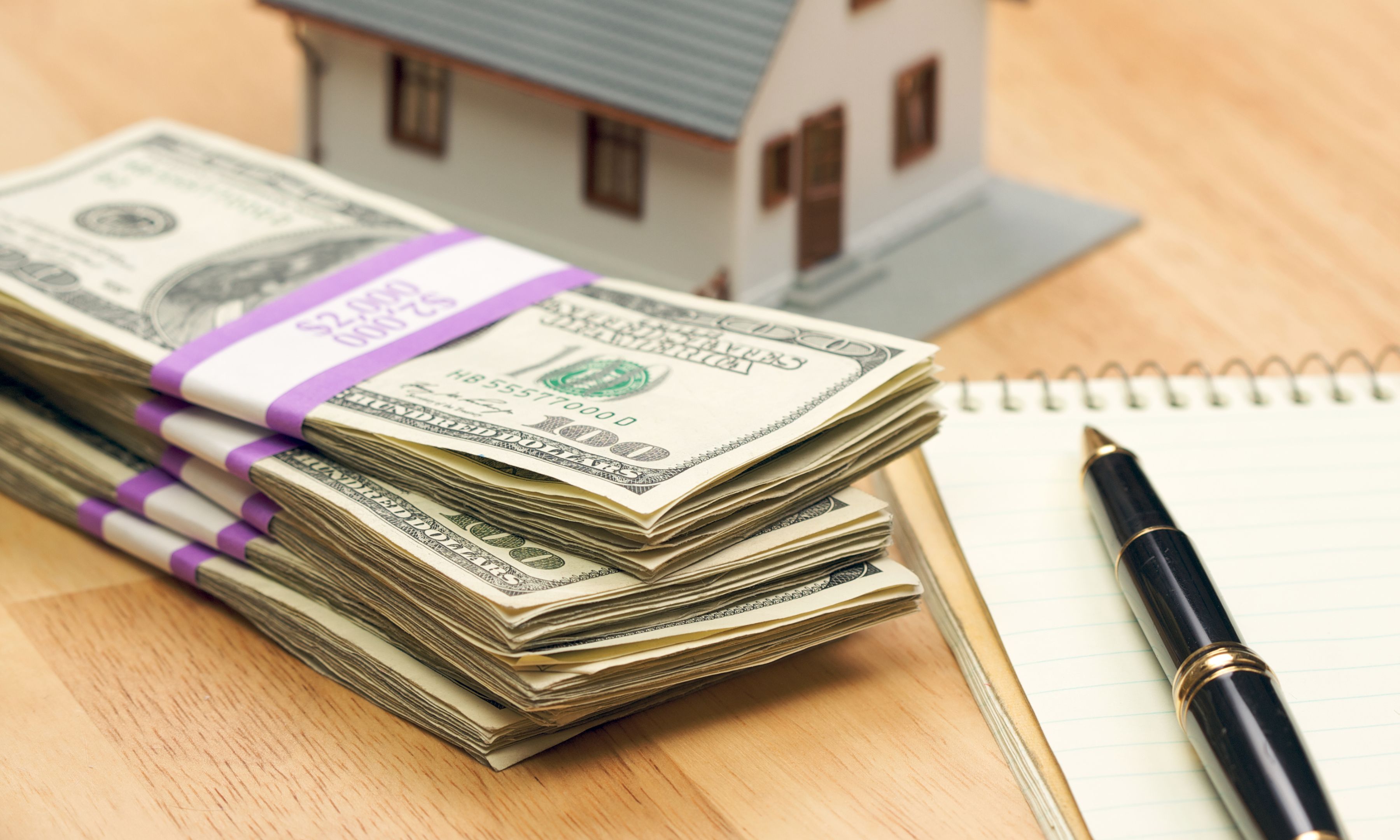 When considering the journey of purchasing a new home, one of the fundamental decisions you’ll encounter revolves around determining the appropriate amount of money to allocate for your down payment. It’s a decision-making process that involves weighing the benefits of opting for a larger down payment against the potential advantages of utilizing some of those funds to purchase “discount points,” thereby reducing your interest rate. Each option carries its own set of merits and demerits, and the optimal choice for you hinges on a careful examination of your unique financial circumstances and objectives.
When considering the journey of purchasing a new home, one of the fundamental decisions you’ll encounter revolves around determining the appropriate amount of money to allocate for your down payment. It’s a decision-making process that involves weighing the benefits of opting for a larger down payment against the potential advantages of utilizing some of those funds to purchase “discount points,” thereby reducing your interest rate. Each option carries its own set of merits and demerits, and the optimal choice for you hinges on a careful examination of your unique financial circumstances and objectives.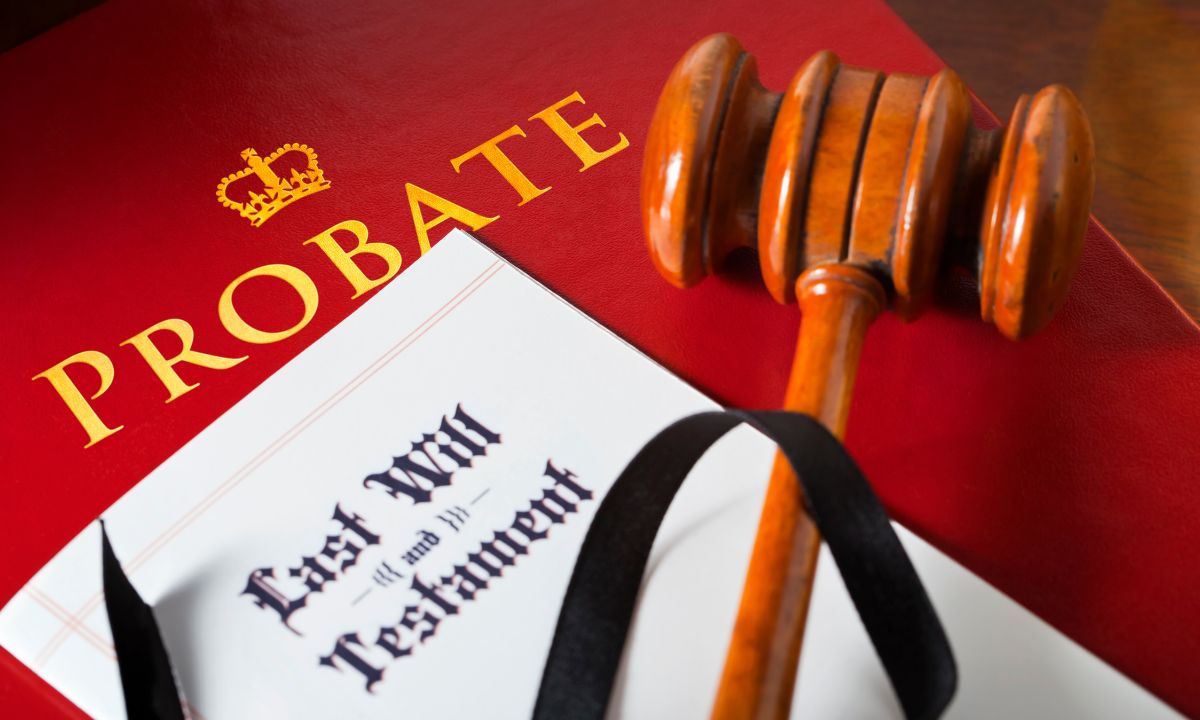 The probate process is often a key concern for those dealing with real estate after the death of a loved one. Whether you’re buying or selling a probate property, understanding the steps involved can help you navigate the transaction more smoothly. Here’s a simplified guide to the probate process and some strategies for avoiding it.
The probate process is often a key concern for those dealing with real estate after the death of a loved one. Whether you’re buying or selling a probate property, understanding the steps involved can help you navigate the transaction more smoothly. Here’s a simplified guide to the probate process and some strategies for avoiding it.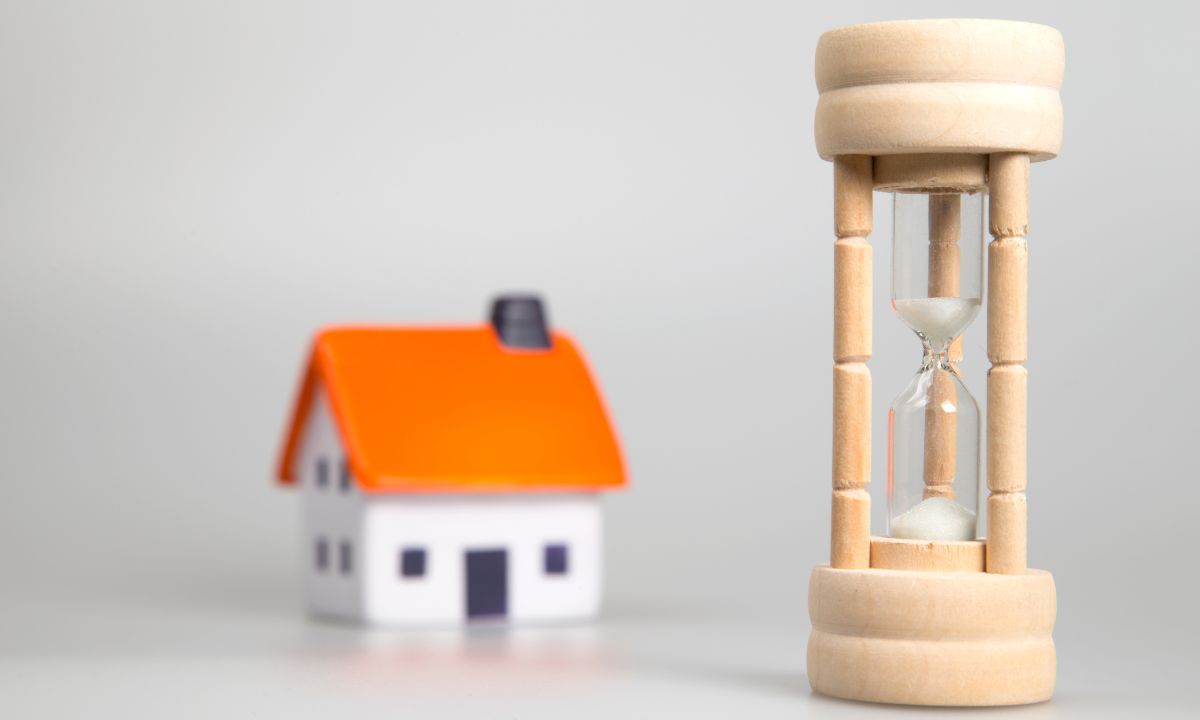 When it comes to real estate, one of the most common questions is, “When is the right time to buy?” Many potential homebuyers and investors spend a lot of energy trying to time the market, hoping to buy at the lowest possible price and sell at the highest. However, the reality is that predicting the perfect moment is nearly impossible. Instead, a more effective strategy is to focus on time in the market rather than timing the market. Here’s why.
When it comes to real estate, one of the most common questions is, “When is the right time to buy?” Many potential homebuyers and investors spend a lot of energy trying to time the market, hoping to buy at the lowest possible price and sell at the highest. However, the reality is that predicting the perfect moment is nearly impossible. Instead, a more effective strategy is to focus on time in the market rather than timing the market. Here’s why.